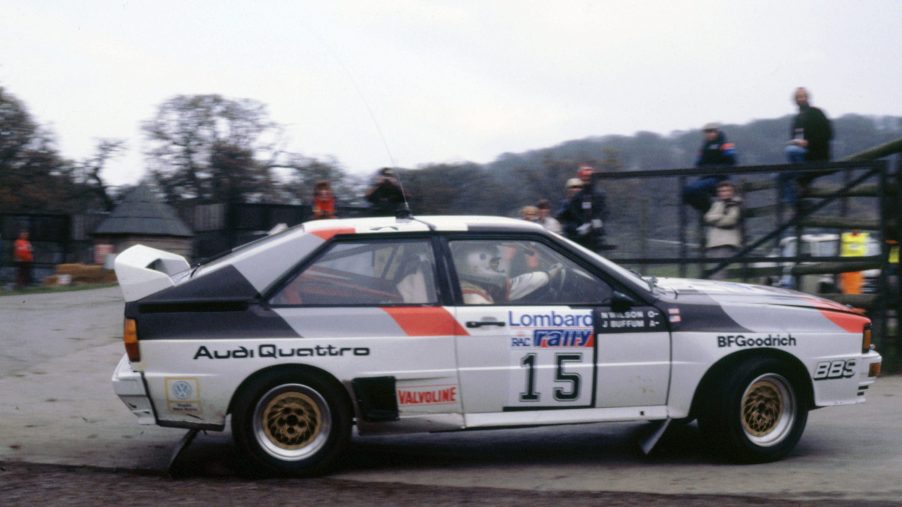
These Are the 6 Most Influential European Cars Ever Made
Most mass-production cars today are largely the same. They follow the same design principles and feature much of the same technology. Occasionally, a car comes along that changes the game and revolutionizes the auto industry. It may bring innovative technology, packaging, features, or designs that makes the entire industry sit up and take notice.
Many cars have had a massive influence on the automotive industry, so we will split them into groups based on their region of origin. We start today with the six most influential European cars.
The Mini – 1959
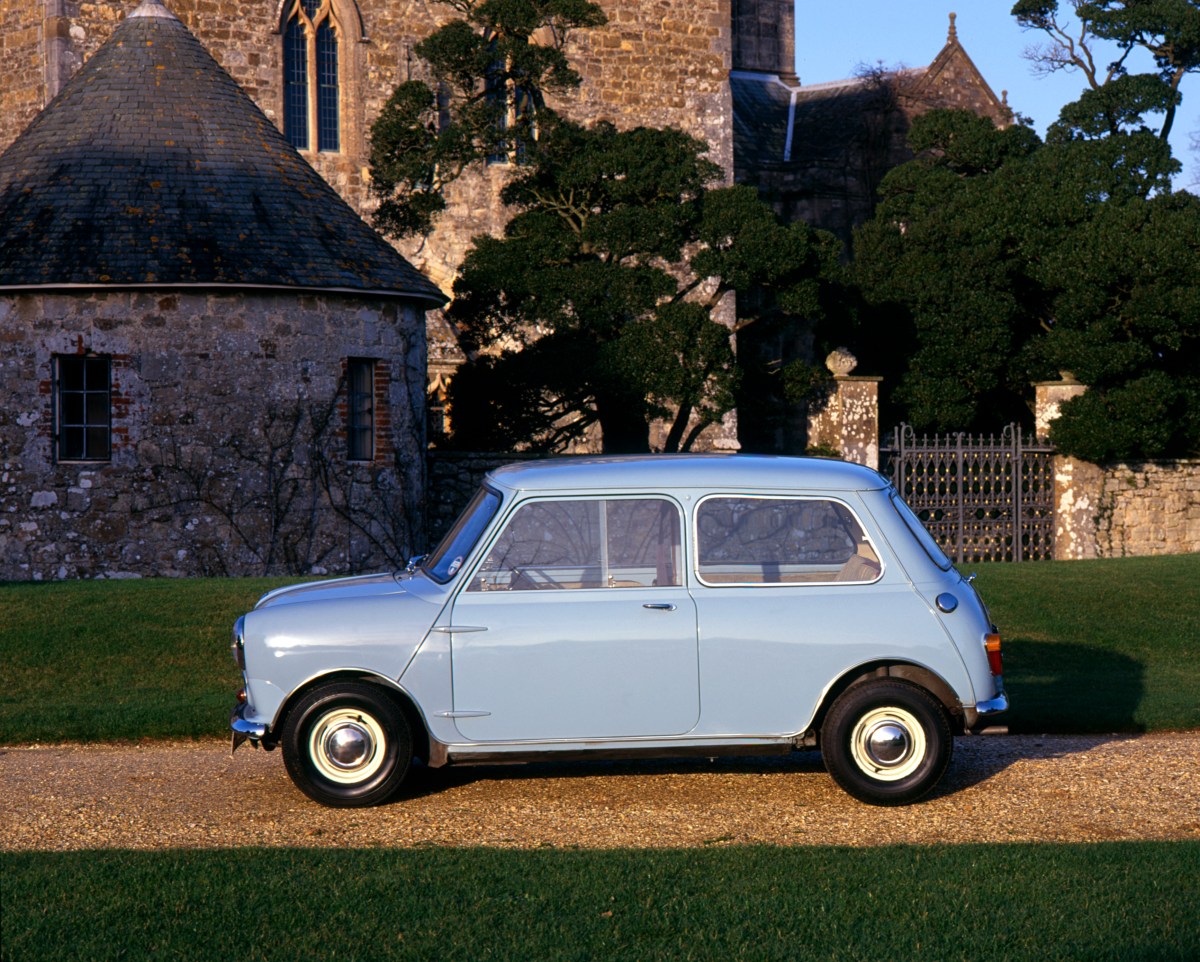
The original Mini was the brainchild of legendary auto designer Sir Alec Issigonis, working for the British Motor Company. The idea was straightforward, a two-door compact city car that was affordable and roomy, despite being extremely small.
None of the technology in the Mini was particularly innovative, but how it was packaged changed the auto industry forever. The engine was transversely mounted up front, with drive going to the front wheels. This allowed 80% of the car’s floor pan for passengers and luggage. That layout would influence generations of car manufacturers and provide the formula for most compact cars since its debut in 1959.
The Volvo 140 – 1966
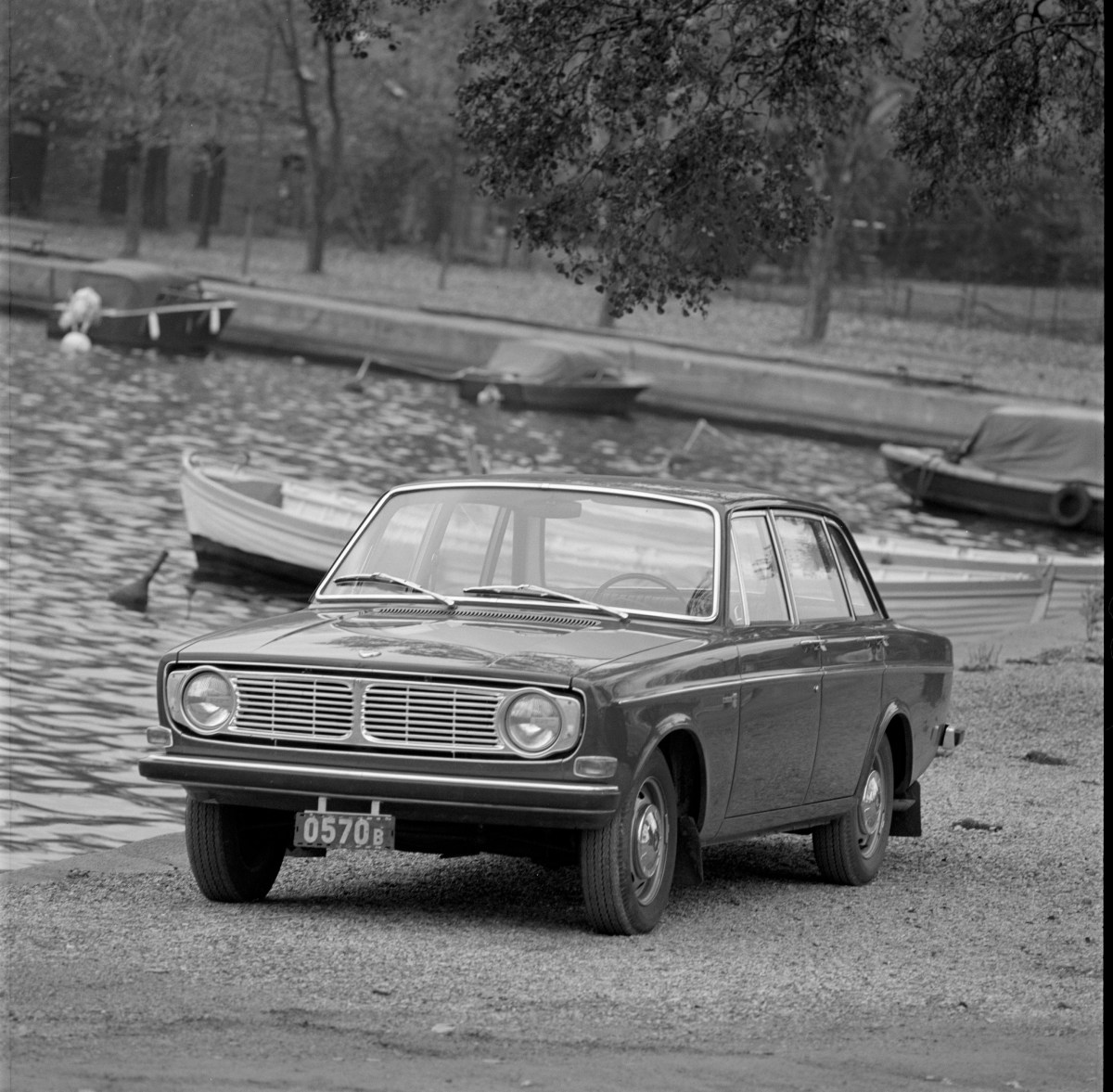
Volvo, as a manufacturer, could occupy this entire list just based on their safety innovations alone. They were the first to introduce the three-point seatbelt in 1959, but the biggest and maybe most influential contribution to vehicle safety came in 1966, with the 140.
The Volvo 140 was the first car to have crumple zones designed into the chassis. This absorbed the energy of an impact, protecting the passengers from severe injuries. Today, this technology is a given in cars, but back in 1966, it was truly revolutionary.
The Land Rover Range Rover – 1970
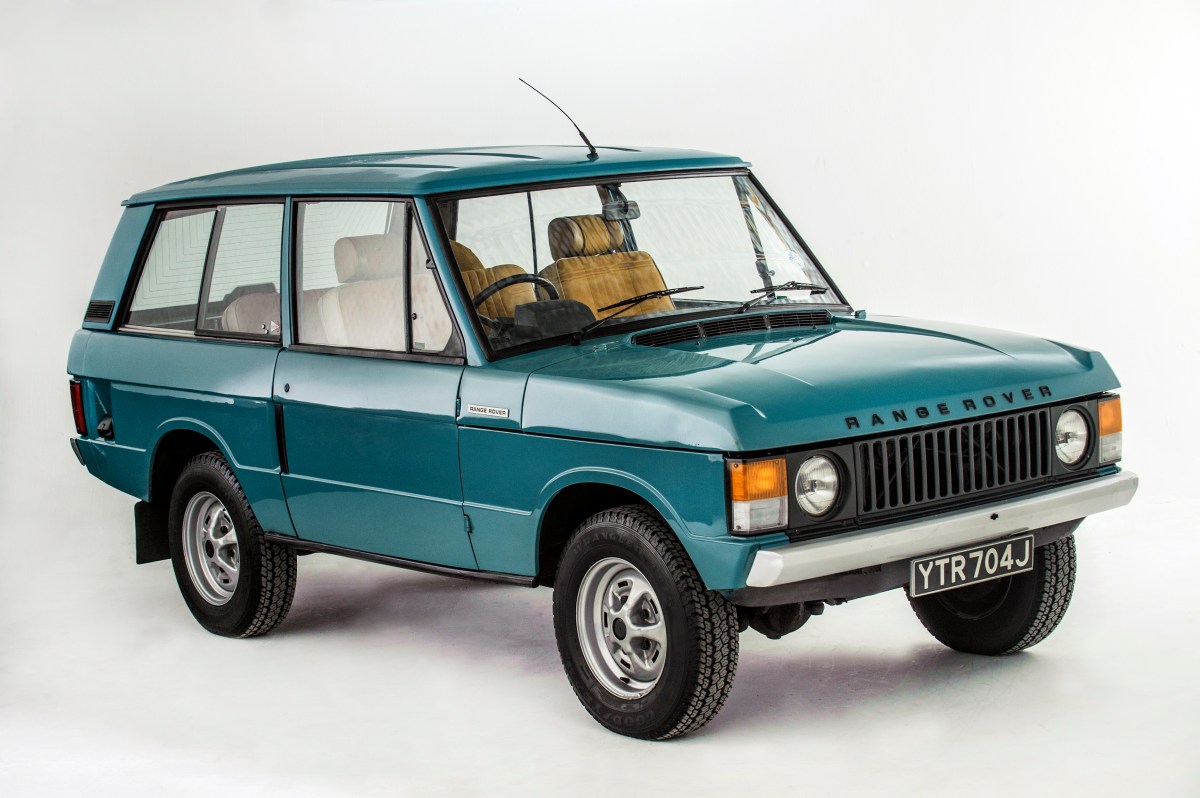
Until Land Rover introduced the Range Rover in 1970, 4×4 trucks and off-road vehicles were very utilitarian. Comfort was not on the radar of most manufacturers, as they prioritized toughness and utility over all else.
The Range Rover changed how we all look at big off-road capable vehicles. It combined luxury and comfort with serious off-road chops, creating the formula for the modern SUV we know today.
The Volkswagen Golf GTI – 1976
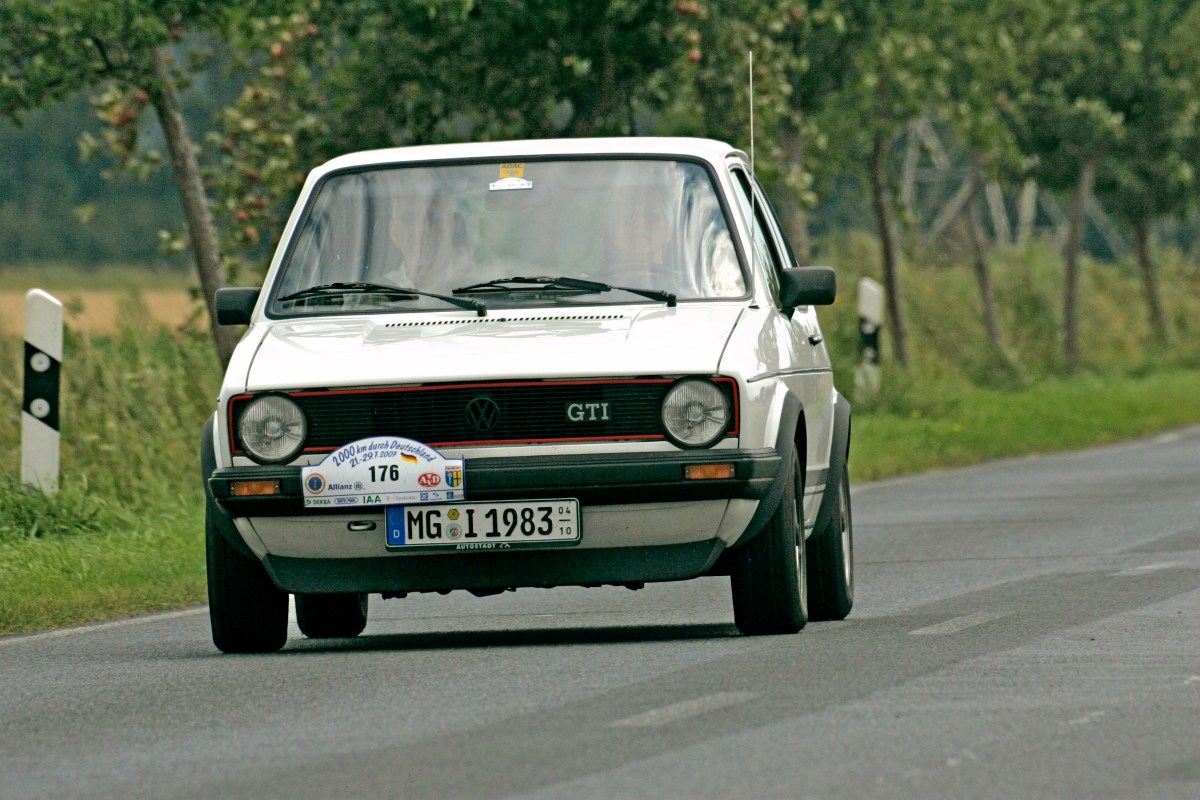
The Volkswagen Golf GTI is one of the best all-around cars you can buy today. It is fast, comfortable, spacious, and practical. When Volkswagen initially introduced the GTI in 1976, these qualities had never been combined in a small, front-wheel-drive car before.
The GTI combined sports car speed with hatchback practicality. It is the grandfather of the hot-hatch and proved that you didn’t have to choose between fun-to-drive and everyday usability. You could have both in the same car.
The Audi Quattro – 1980
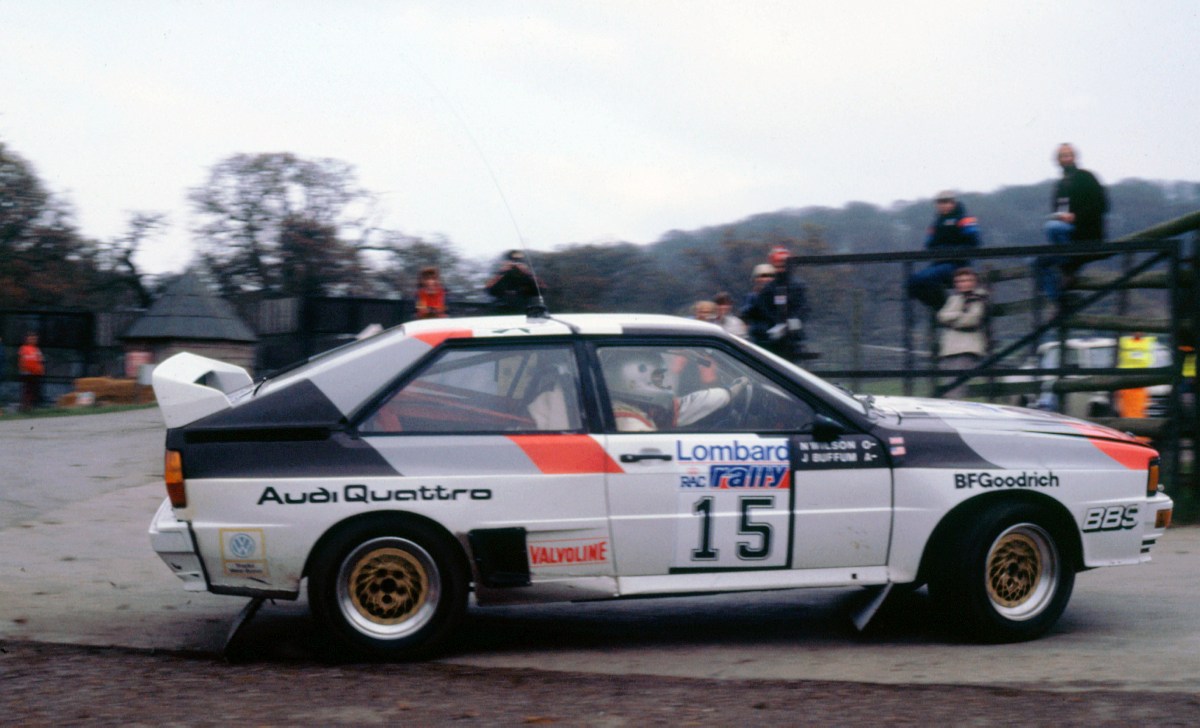
The Audi Quattro wasn’t the first car to come with all-wheel drive, but it was the first to combine the technology with high performance. The layout and packaging of the drivetrain required the five-cylinder turbocharged engine to be mounted ahead of the front wheels. This led to some interesting handling characteristics.
If you could adapt your driving to the Quattro’s unique handling, it would be every bit as fast as anything else on the road. The proof of the concept came in the World Rally Championship, where Audi dominated. Today, all-wheel drive is a common, almost expected, feature of most cars.
The BMW M5 – 1985
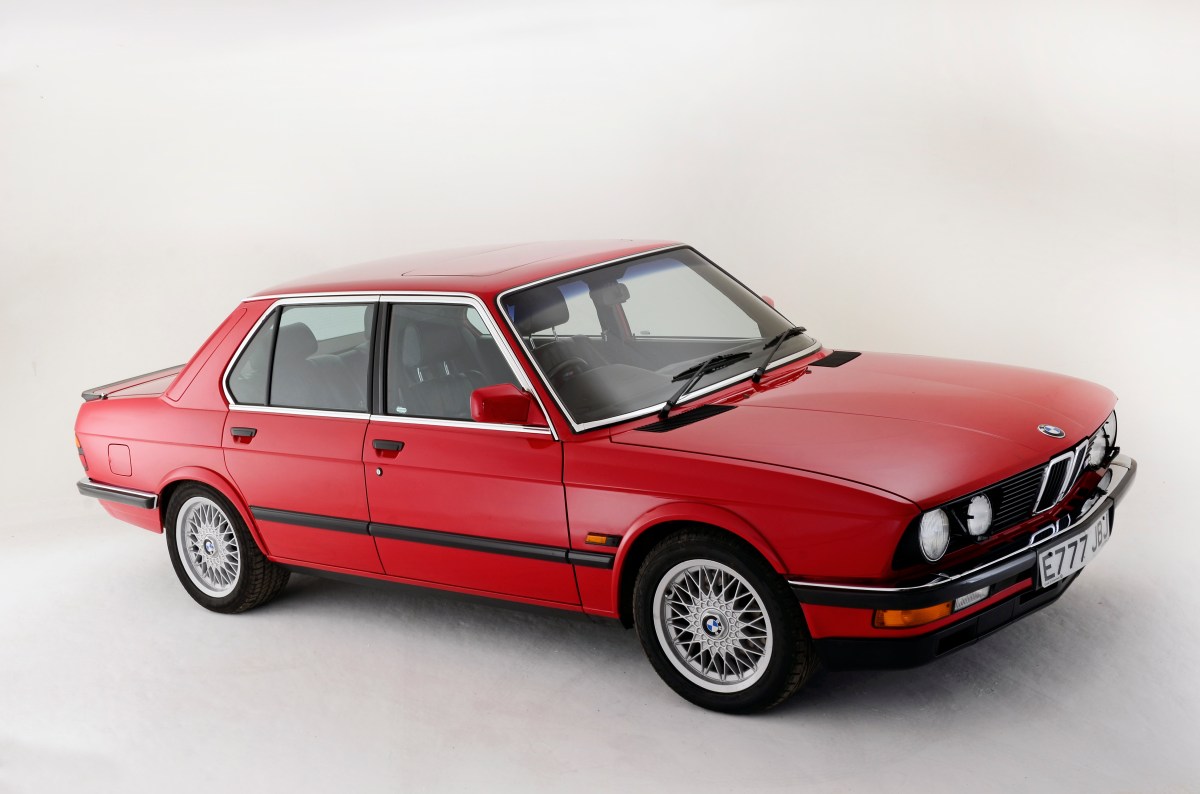
The concept behind the M5 is very simple. Take a standard BMW 5 Series, add a powerful engine, uprated suspension, big brakes, and go forth and be fast. And it was definitely fast.
The BMW M5 was a factory-built sleeper, a sedan with supercar performance and handling. It wasn’t the first to pioneer the concept of a regular car with a big engine, but it was the first to hone that concept into a brilliant all-around performer. Today, if we talk about super-sedans, we still use the M5 as the benchmark.
Many cars have influenced the automotive industry, but few have had as significant an impact as the six listed above. The fact that we still use cars like the GTI and M5 as the benchmark by which others are judged is a testament to these vehicles’ importance and influence.


